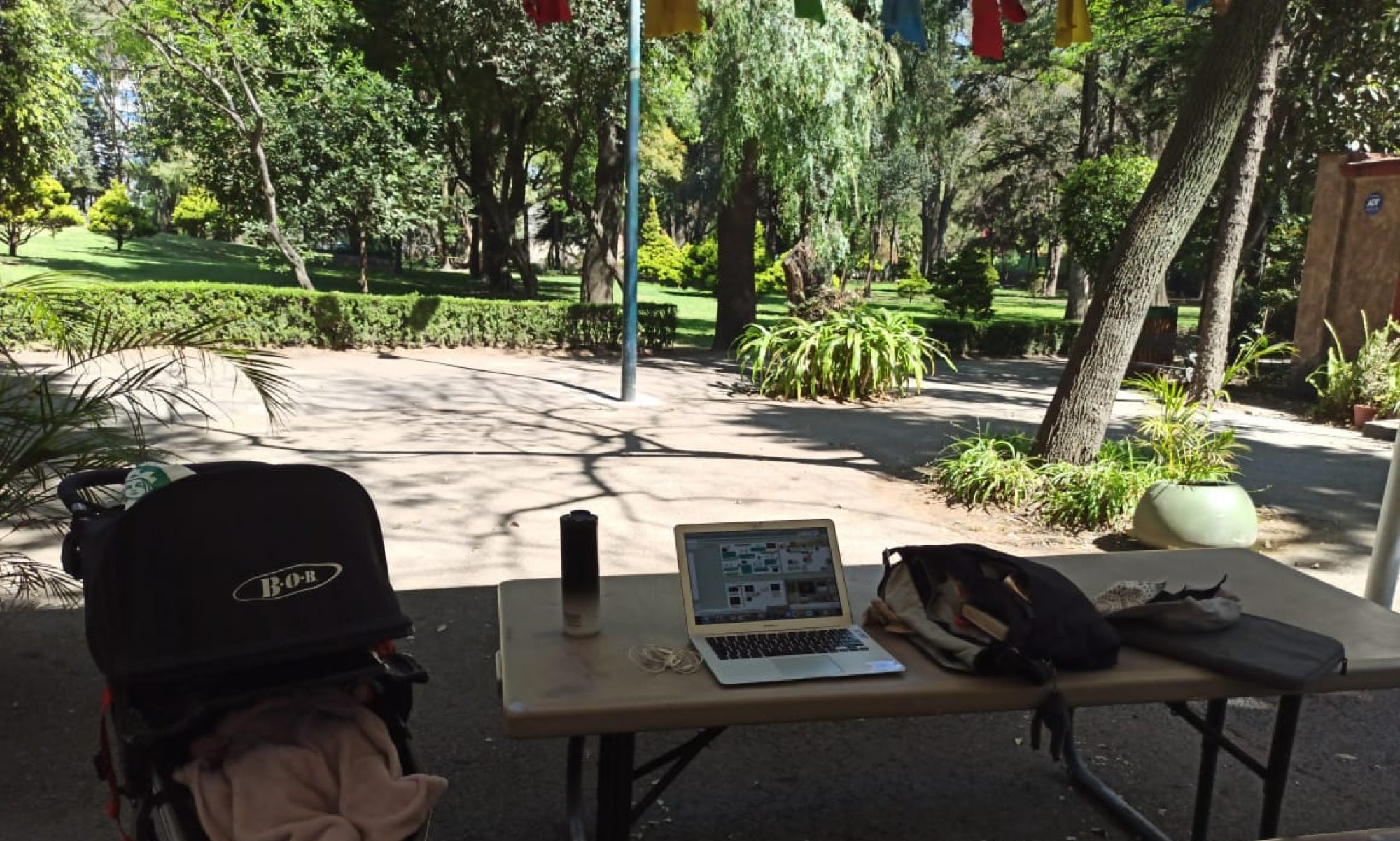

Rationale.
The topic of this block has proven a bit problematic to me, because at the moment I do not teach. But inspired by ‘Past Selves’ in Dear Data (Lupi&Posavec 2016, below), I mapped the total time of my life that I was a teacher.
Design.
The goal was to show time without a timeline. I copied the design from MCadless’s data visualisation of the cost of the 2008 world financial crisis (McCadless 2012). Putting data in context is key and this visualisation is powerful (McCadless 2010). As an editor with years in publishing, I like how it exploits the format of the book – the turn of the page delivers a real gut punch when the crisis cost takes up the entire two pages. This is the medium perfectly utilised to showcase its content.
Conclusions.
This time I let the data take me to the conclusions and it did. Here they are:
I am lucky to have had constant employment, since 85% of graduates on the spectrum remain unemployed. Surprisingly, the majority of my jobs were in teaching, which requires working with people – something autistic people aren’t meant to be good at. There’s a lesson here for the Disability and Careers services and profiling people based on their neurodiversity.
After the previous visualisation, the question on nature of teaching came up. It was about the immediate nature of the exchange between teachers and students as I understood it. But this data showed an interesting social aspect of teaching. Some time ago one of my private tutees I taught A1 English in 2006 contacted me. He had just graduated the University in the UK. 15 years on, I was still the teacher to him. For my students, I am always ‘teacher’. Seeing this visualisation presented like that made me realised why: indeed for most of my adult life, I was a teacher. It made me think of what such a visualisation would look like for my grandma, who was a primary math teacher for 42 years, longer than the total years she was a child, or was married, or spent rearing her children until they moved out. I said in the introduction this visualisation is of the times I held teaching positions. But it is not the total time I was considered to be the teacher. Perhaps this visualisation should be called ‘once a teacher, always a teacher’.
I wonder if commercialisation of education and seeing teaching as ‘just a job’ will change this?

Sources.
Lupi, G. Posavec, S. (2016) Dear Data. Princeton Architectural Press
McCandless, D. (2010) The beauty of data visualisation.
McCandless, D. (2012) Information is Beautiful. HarperCollins Publishers

‘I mapped the total time of my life that I was a teacher.’
Really great idea here, and nicely linked to the Dear Data project. Remember that we can still ‘self track’ in this block of the course, and ask a question such as ‘what would a teacher do with this data?’ Nevertheless, the idea that data might be used to track *teaching* rather than student learning is very pertinent.
‘The goal was to show time without a timeline.’
It is great to see this kind of experimentation, and drawing on McCadless (2012) here is brilliant! The reader gets a powerful sense of where your career has taken you.
‘Seeing this visualisation presented like that made me realised why: indeed for most of my adult life, I was a teacher. It made me think of what such a visualisation would look like for my grandma, who was a primary math teacher for 42 years, longer than the total years she was a child, or was married, or spent rearing her children until they moved out.’
This is a super rationale for ‘datafying’ teaching, one that would seem to be empowering, and that may be an important aspect to support where data-driven systems tend to be employed for measuring and accountability.